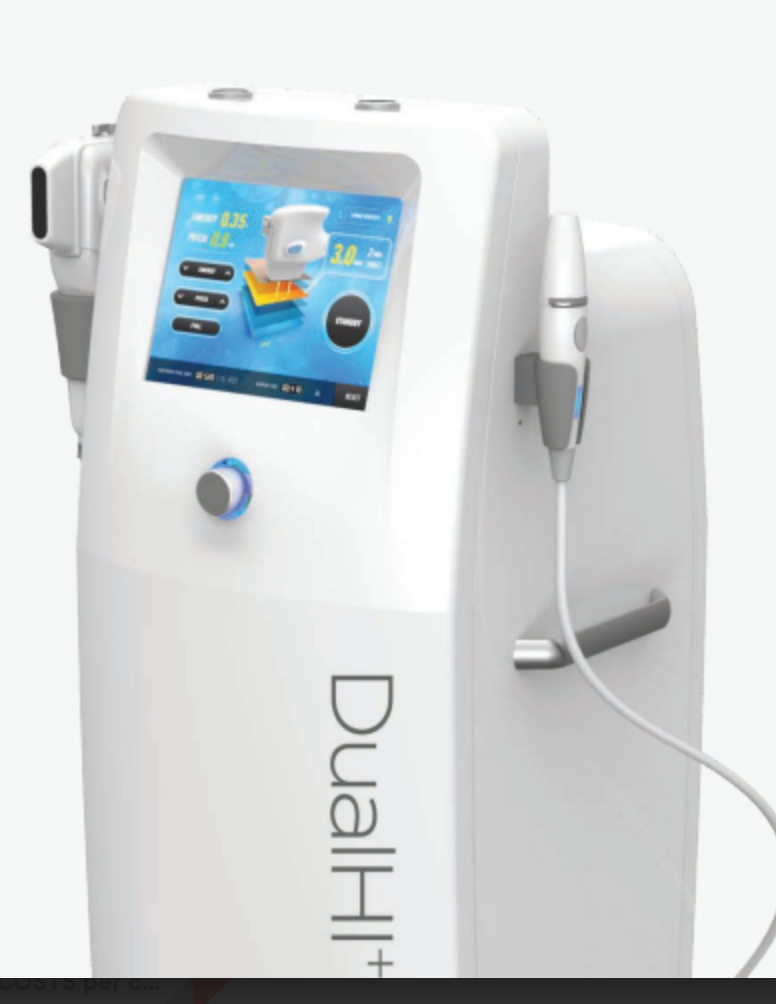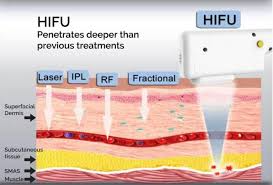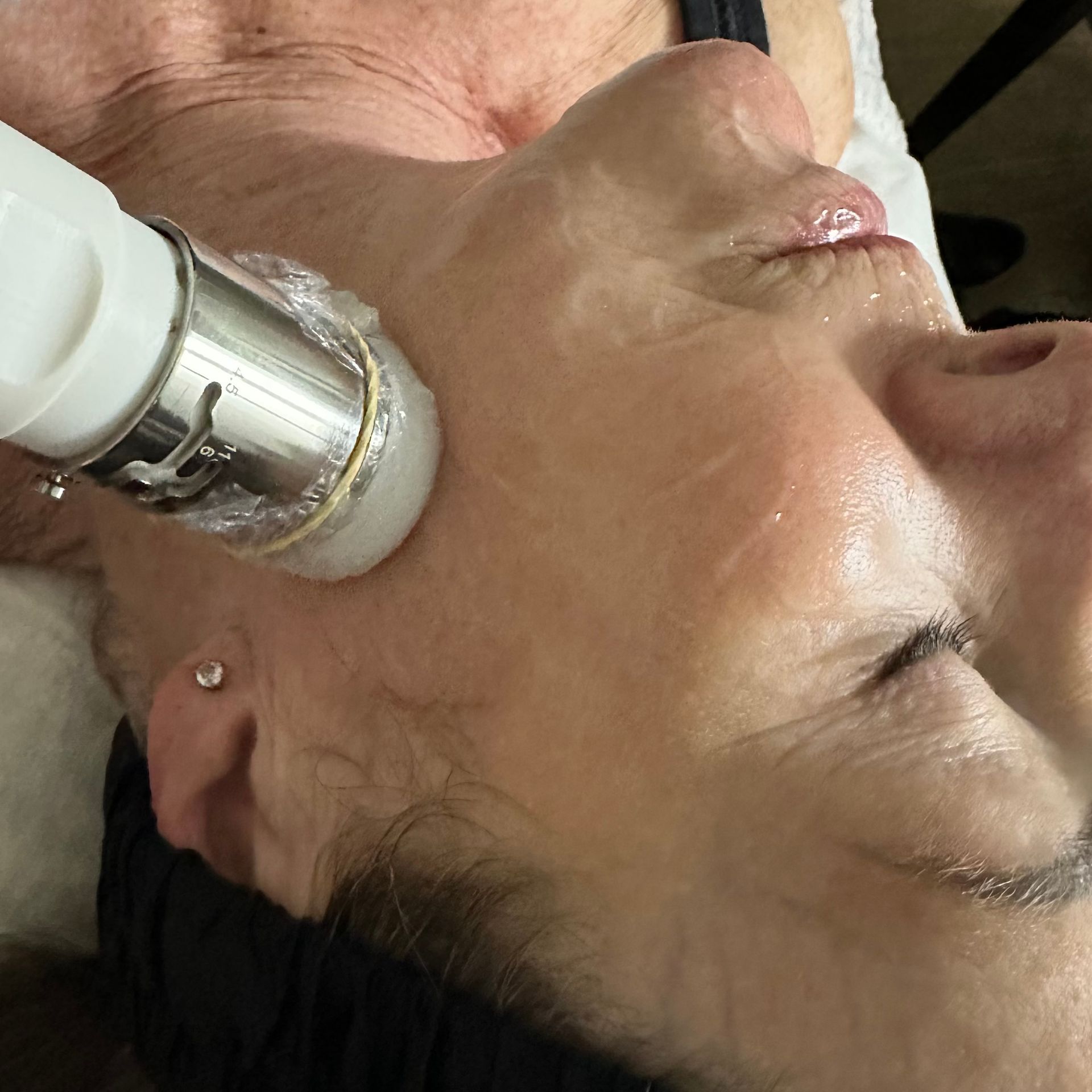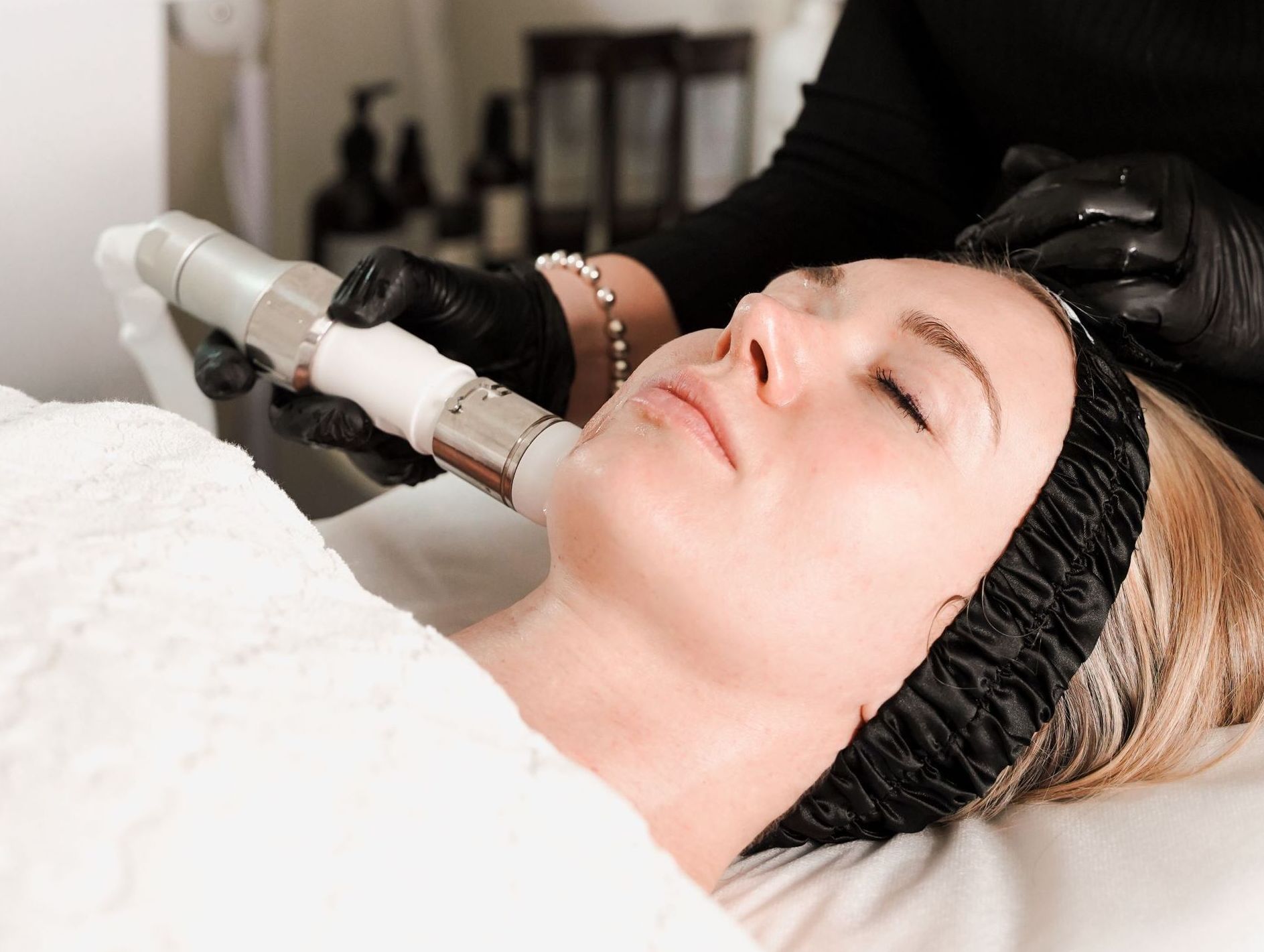Choosing the Right HIFU Device: Expert Advice
Choosing the Right HIFU Device and Clinic: Expert Advice
High-Intensity Focused Ultrasound (HIFU) is a cutting-edge technology that offers non-invasive skin tightening and lifting. With the increasing popularity of HIFU treatments, choosing the right device and operator is crucial for achieving optimal results.
Understanding HIFU Technology
HIFU devices use focused ultrasound waves to penetrate deep into the skin, targeting the SMAS (Superficial Musculoaponeurotic System) layer.
This stimulates collagen production and tissue regeneration, leading to a tighter and more youthful appearance. The precision and depth of penetration are key factors in the effectiveness of HIFU treatments.
Key Considerations for Choosing a HIFU Device and treatment clinic.
1. Treatment Depths and Versatility:
- Multiple Depths: Look for devices that offer multiple treatment depths, typically ranging from 1.5mm to 4.5mm. for the face area. This versatility allows for customized treatments targeting different layers of the skin and underlying tissues.
- Ask your clinic what depths they use on the area you wanted lifted and tightened with HIFU
2. Energy Levels and Precision:
- Adjustable Energy Levels: A device with adjustable energy settings allows practitioners to tailor the treatment intensity according to the patient’s skin type and sensitivity. This helps in delivering effective results while minimizing discomfort.
- Precision Targeting: High-quality HIFU devices should provide precise targeting capabilities, ensuring focused energy delivery to the intended depth without affecting surrounding tissues. This precision is essential for achieving consistent and safe results.
- At HUSH we prefer the smaller handpiece to cartridge heads as we can target areas better and get into small spots with less pain,
3. Safety Features:
- Built-In Safety Mechanisms: Look for devices with built-in safety mechanisms, such as automatic temperature control and skin contact sensors, to prevent overheating and ensure patient comfort.
- Are the therapists highly trained in facial contours / facial anatomy and consultations to ensure your safety
4. Ease of Use and Ergonomics:
- User-Friendly Interface: A device with an intuitive interface and easy-to-navigate controls simplifies the treatment process and reduces the learning curve for practitioners.
- Ergonomic Design: Consider the ergonomics of the device, including the weight and design of the handpiece. An ergonomically designed handpiece reduces fatigue during extended use and enhances precision.
5. Reputation and Support:
- Manufacturer Reputation: Choose devices from reputable manufacturers with a track record of producing high-quality medical and aesthetic equipment. Research the company’s history, certifications, and user reviews.
- Training and Support: Ensure the manufacturer or distributor provides comprehensive training and ongoing technical support. Proper training is essential for maximizing the device’s potential and ensuring safe operation.
Conclusion
Choosing the right HIFU device and treatment provider requires careful consideration of various factors, including treatment depth, energy levels, safety features, and ease of use.
Investing in a high-quality, versatile, and precise device ensures effective and safe treatments, leading to high patient satisfaction. By selecting a reputable clinic and ensuring proper training and support, HIFU treatments deliver impressive results.











